In motorsport, you can build your own car and engine, hire the best staff and recruit the drivers, but there’s one factor you can’t control: tyres. In a series as close as the Dunlop MSA British Touring Car Championship, they can make all the difference.
This weekend at Brands Hatch, Colin Turkington and Jason Plato will fight for the 2014 BTCC title. The only parts of their cars touching the circuit will be Dunlop-supplied control tyres, which the BTCC has used since 2003.
Providing all of the rubber for the competitors is one part of a major logistical challenge. Another is ensuring that each team can get the best out of their allocated tyres at the track. To achieve this, Dunlop takes a dozen technicians to each meeting. They are embedded with teams and offer support and information.
To find out what goes on, Autocar joined Dunlop’s Michael ‘Mickey’ Butler for the qualifying day of last month’s Silverstone meeting. He’s the firm’s sales and product manager, and during race weekends he tends to the Triple Eight Race Engineering team, which runs the MGs of Jason Plato, Sam Tordoff and Marc Hynes.
At the start of the first free practice session, Butler takes the ambient and track surface temperature and relays them to Triple Eight’s race engineers. On Plato’s car, this is Carl Faux.
Each driver is allocated 16 new tyres per event: one set of soft-compound tyres that must be used in a race and three sets of mediums. Before the team can begin to hone the car’s set-up for qualifying and race day, Plato is sent out on track to scrub each of his sets of new tyres.
The objective is to remove the releasing agents – the chemical used to prevent the tyre from sticking to the mould during the manufacturing process. This allows the tyres to get up to their 100deg Celsius operating temperature more evenly.
Each time the car pits, Butler uses a probe to take a tyre’s temperature across three areas of the tread and passes on his findings to Faux. Too much camber, or pressures that are too low, can put excessive load on the inside shoulder of a tyre and affect durability.
Front-wheel-drive BTCC cars are set up with negative camber. This helps to evenly distribute the load and optimise the contact patch with the road when the car is cornering. The set-up of the car, and the fact that the front axle is responsible for driving, cornering and most of the braking, puts specific demands on the tyres.
Plato says: “Most of the time the car is actually on three wheels, because the inside rear isn’t doing anything. More often than not, it is just causing problems because it goes up in the air, under-rotates and touches down again, which then puts a yaw moment through the car. On a front-wheel-drive car, what’s going on with the two front tyres is absolutely crucial. Our rear wheels are along for the ride.”
Silverstone’s short and sweet National layout has only four corners, but it is still a big challenge to get the set-up right. The left front tyre in particular gets a lot of abuse.
When the tyre comes off the car, Butler surveys it for wear. Like all of Dunlop’s technicians, he can read how the car is handling simply by looking at the wear pattern.
Butler is tuned in to Triple Eight’s radio link between driver and engineer. He listens as Plato explains that he’s getting mid-corner understeer through turn one, Copse. It’s a trait that Butler corroborates when he notes exaggerated tyre pressures. The team decides on a rear set-up tweak to counteract the issue.
Qualifying, Butler says, is about “using every tyre to get as far up the grid as possible”. In the Triple Eight pit, the 30-minute session passes in a blur of action, but always methodical, never frantic. Each new set of wheels and tyres is laid out on the pit apron as the crew gets word that the car is heading back to the pits. Wheels are affixed by a single centre nut and a retaining pin, and removed and refastened in a matter of seconds using an air gun.
Plato claims pole position, but it’s close. Turkington, driving a rear-wheel-drive BMW on exactly the same type of tyre, is just six-hundredths of a second in arrears.
After qualifying, the MG team dials back the set-up to make it more suitable for race day. “We have to take a good chunk of the aggressiveness out of the car. If we ran a qualifying set-up in the race, the tyres would only last three laps,” says Plato.
The following day he grabs a brace of victories on four (and occasionally three) wheels, ensuring that he’ll head to this weekend’s final event at Brands Hatch with an outside chance of beating Turkington to the title.
BTCC's tyres in numbers
16 - New tyres each competitor gets per meeting – 12 medium-compound tyres and four softs
9.8kg - The weight of a racing tyre
100 degrees - Optimum operating temperature in Celsius of Dunlop's BTCC tyre
900 - Number of BTCC tyres that Dunlop takes to each race meeting
60 sec - The time it takes a dunlop fitter to fit, strip and balace each tyre
1cm - Size of RFID (radio frequeny identification) chip embedded in a tyre, scanned to ensure that each car is using the correct tyres
Get the latest car news, reviews and galleries from Autocar direct to your inbox every week. Enter your email address below:

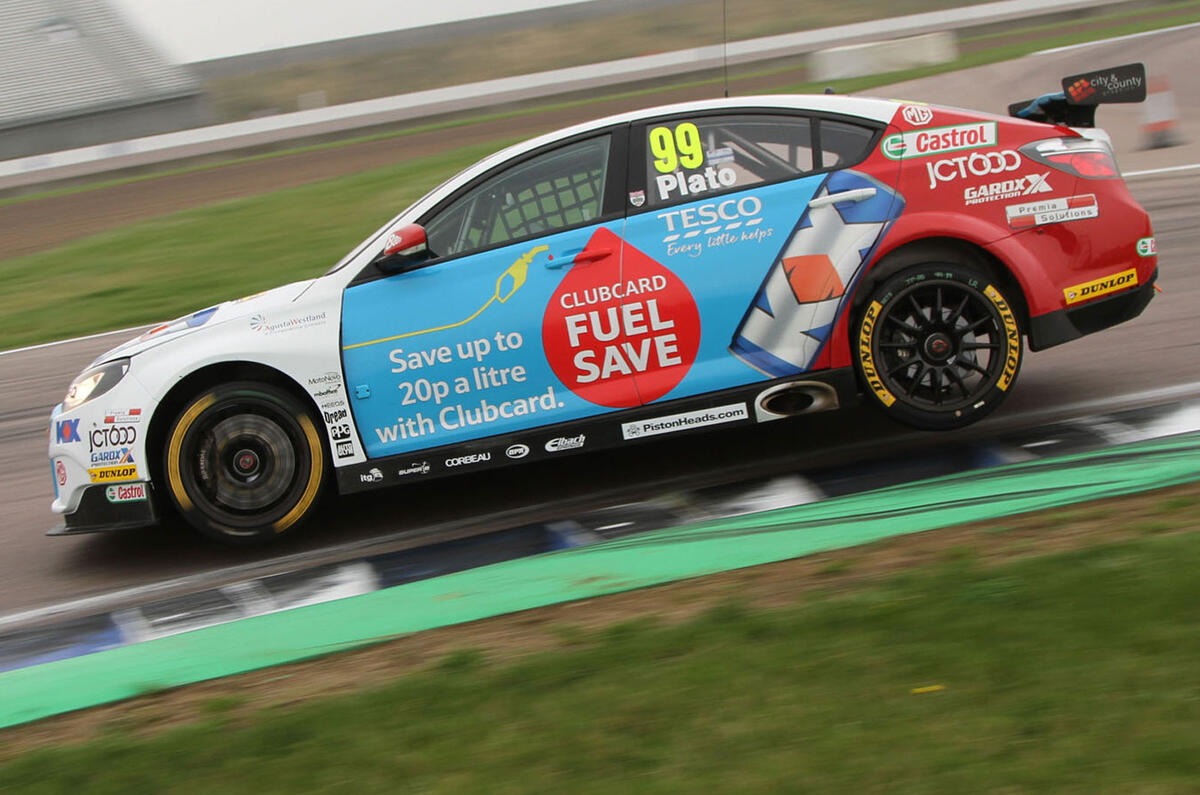

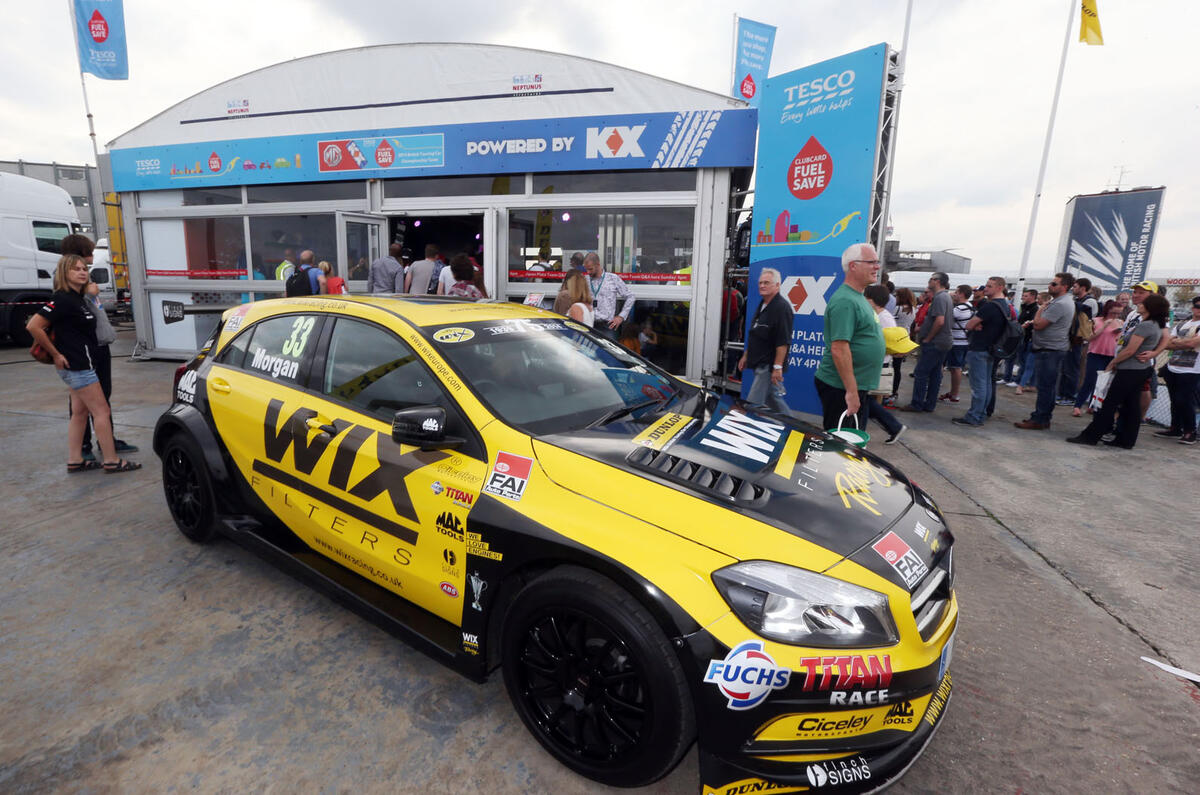

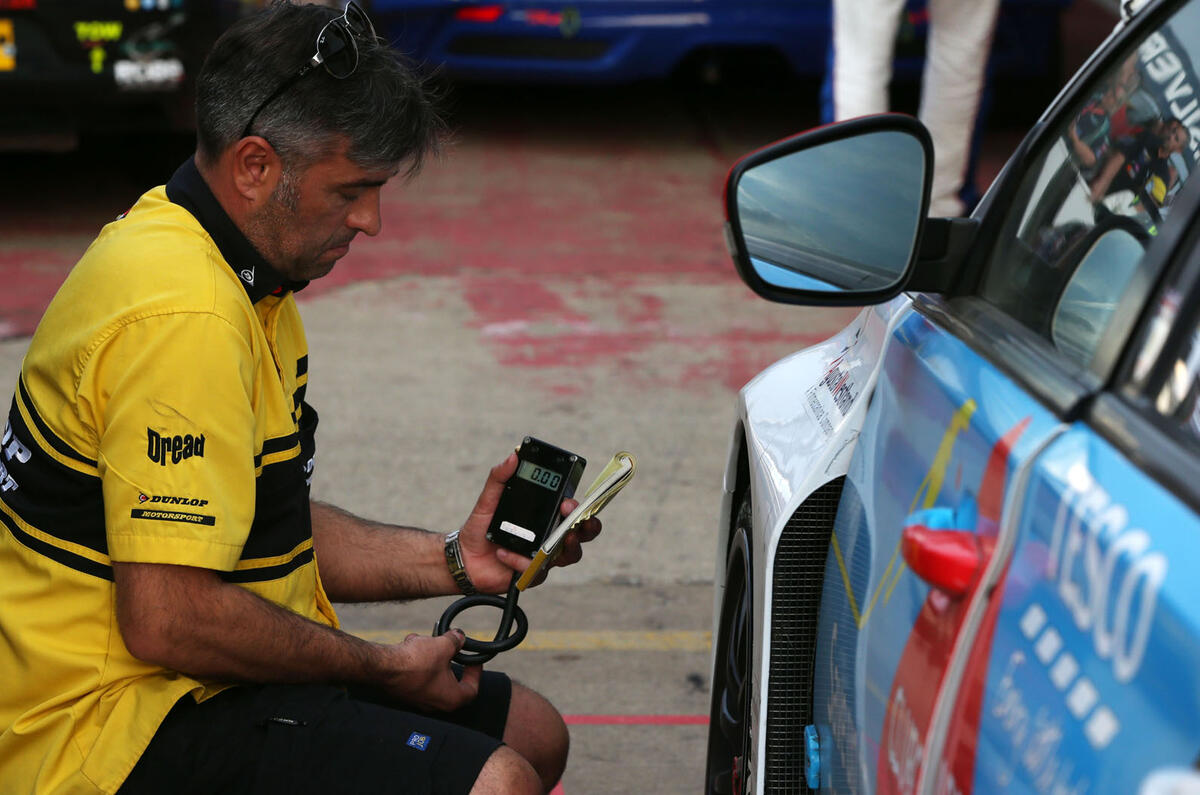
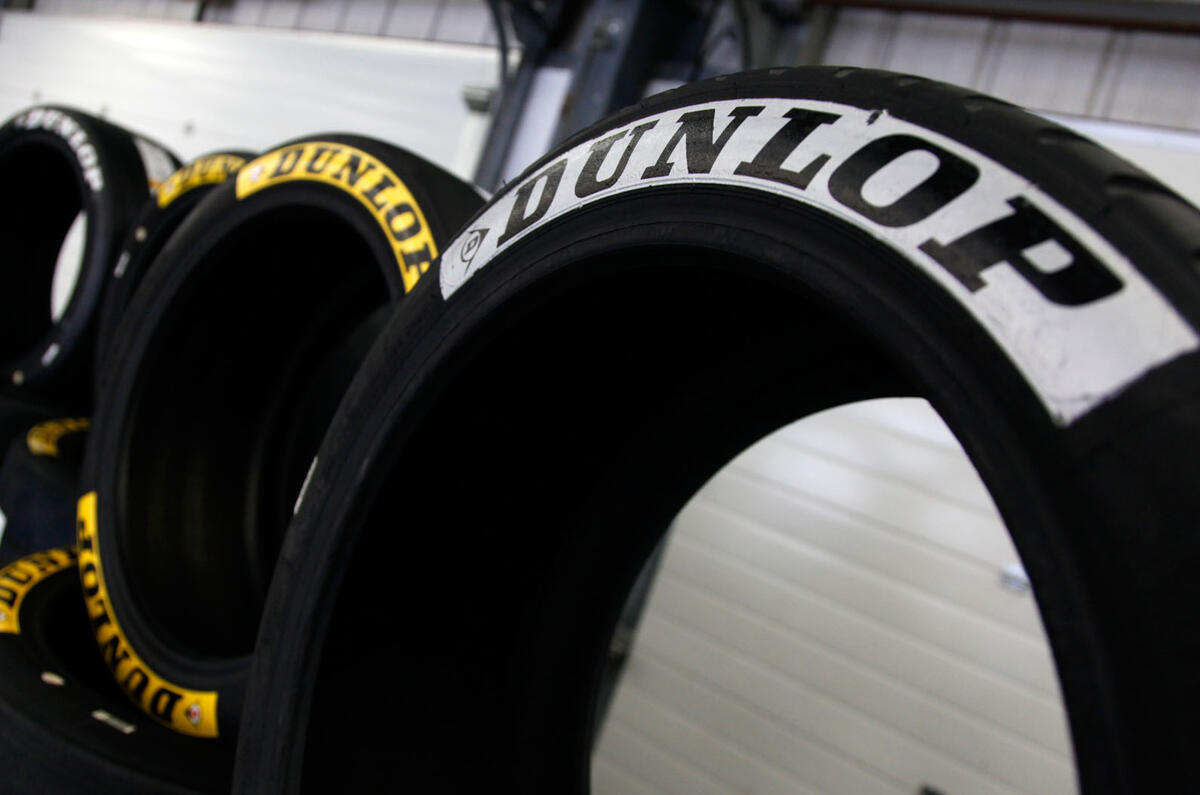
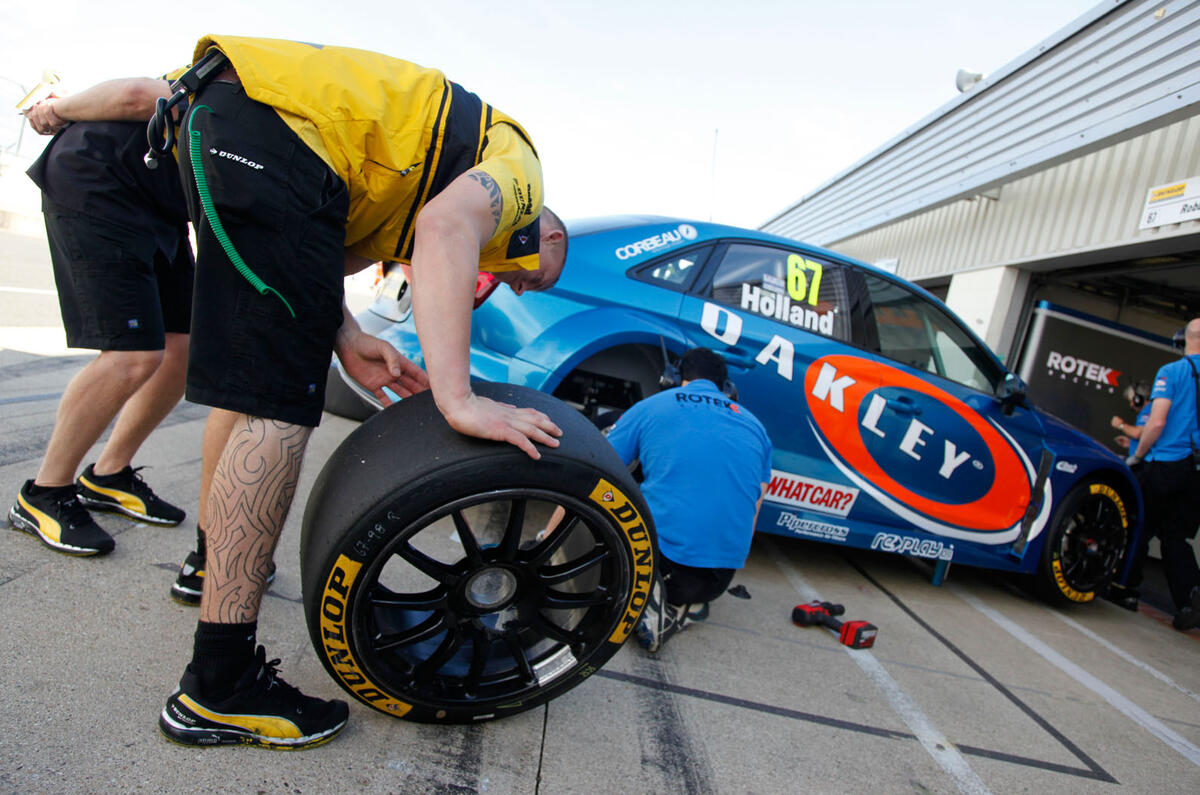
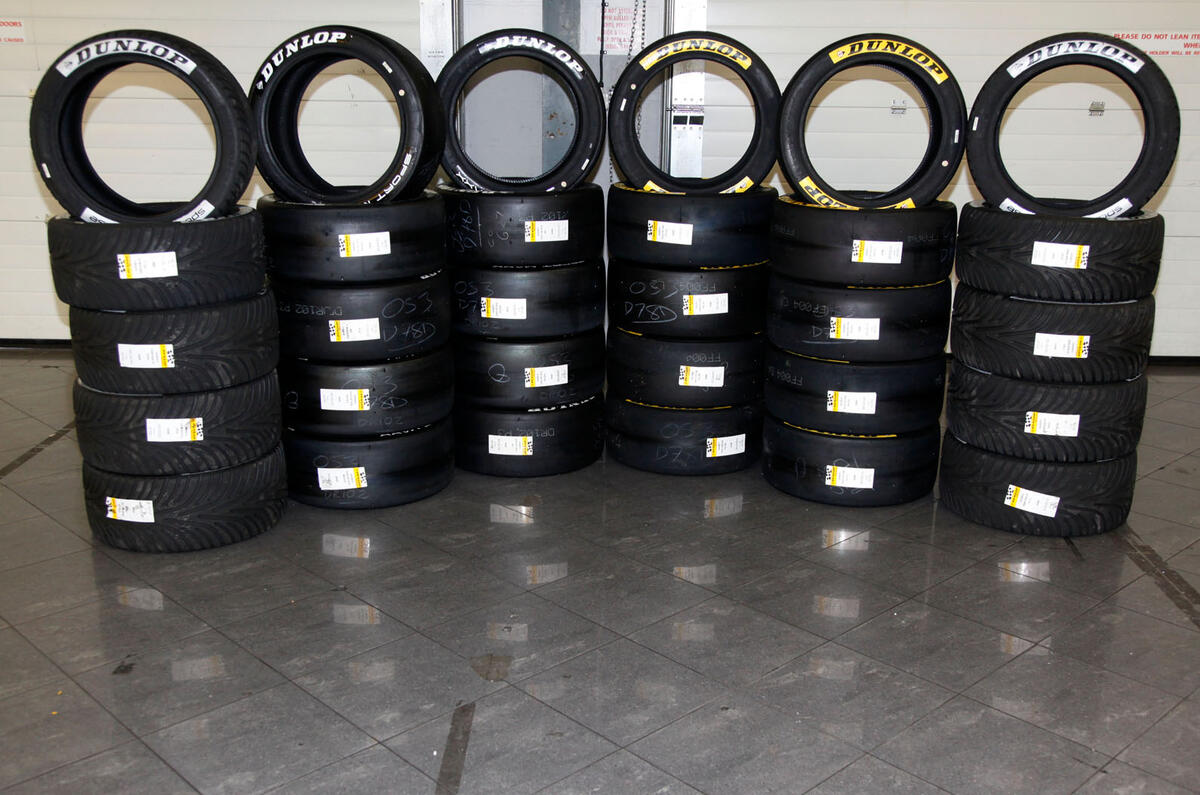
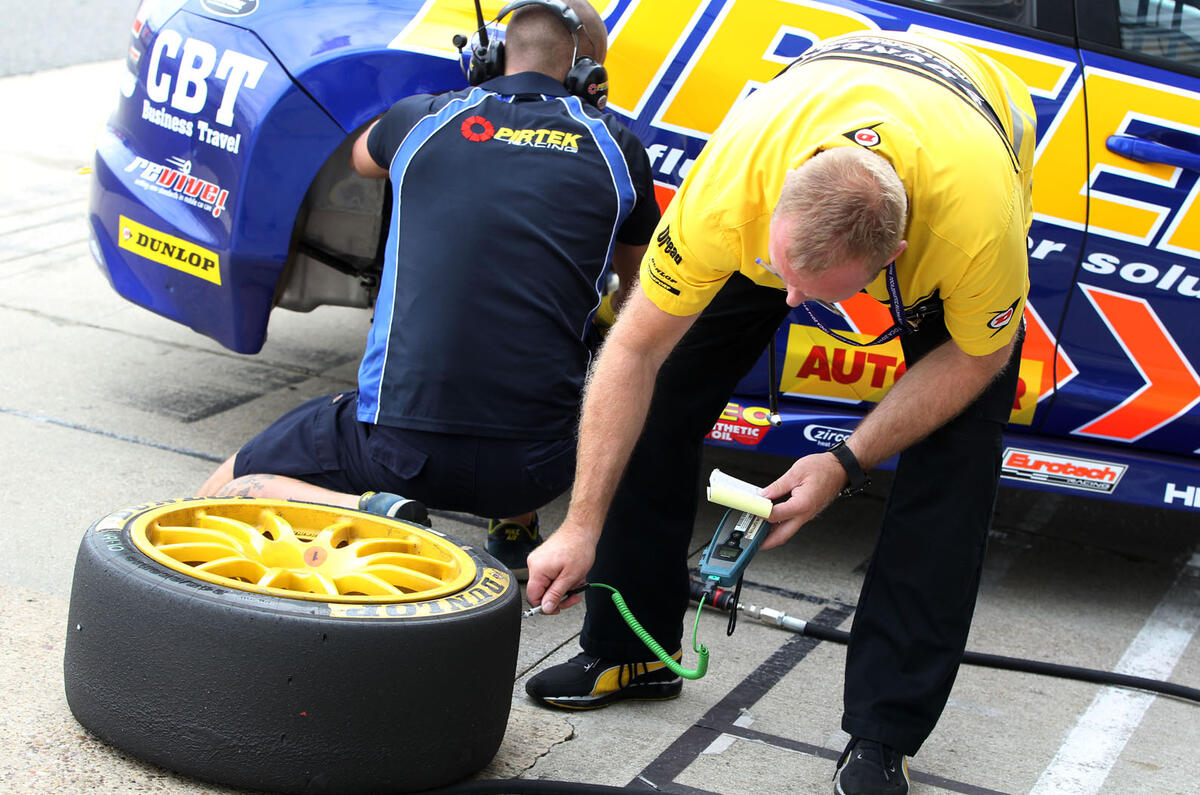
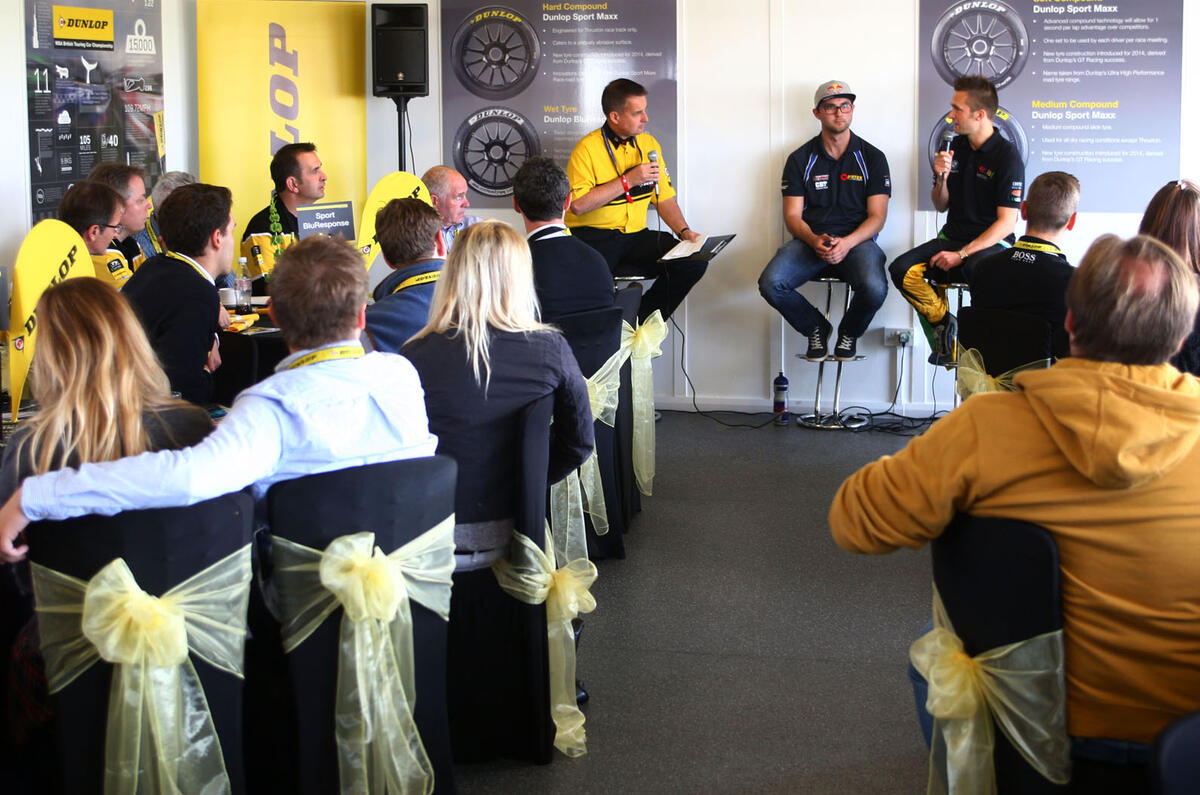
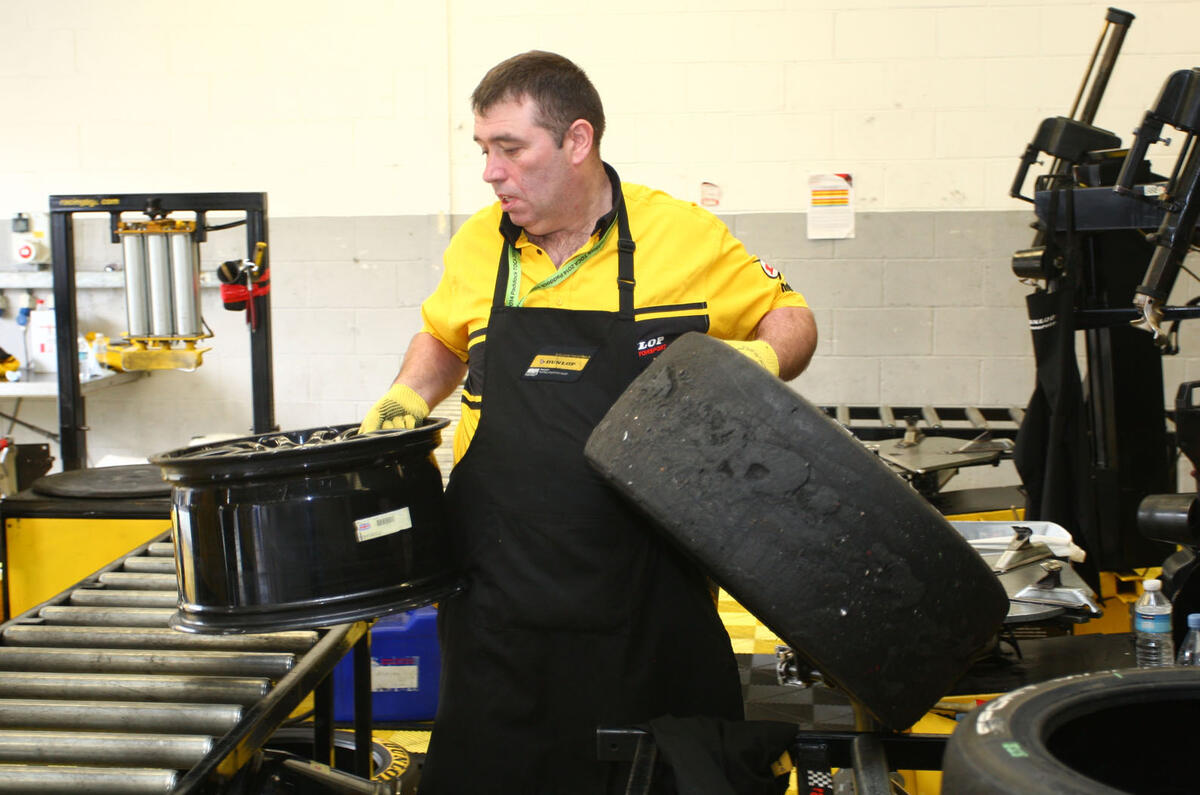

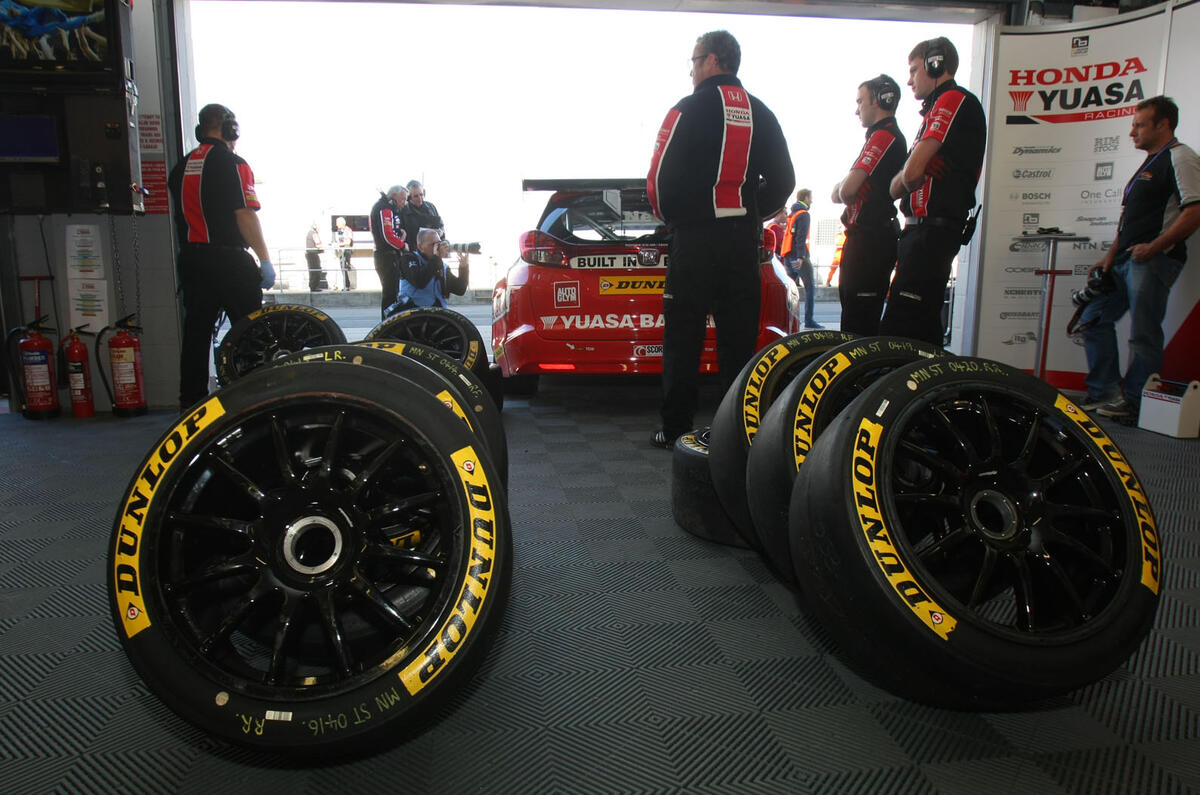
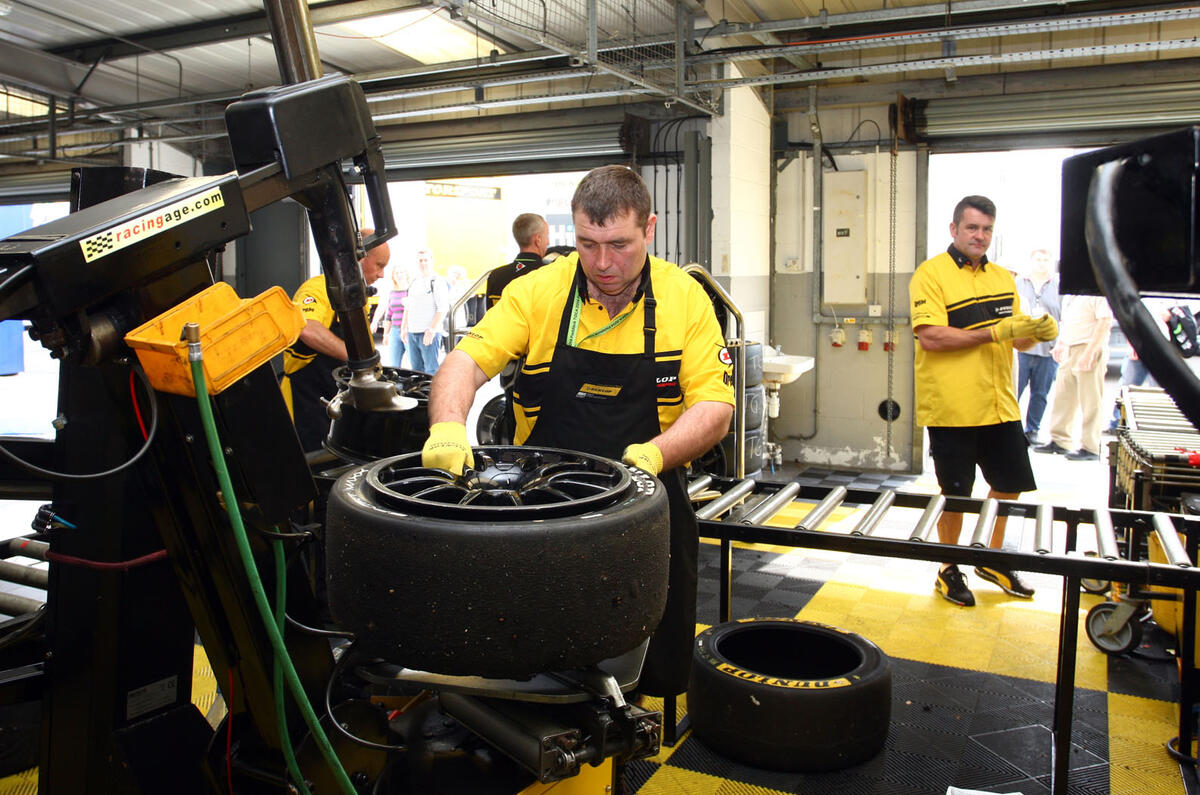
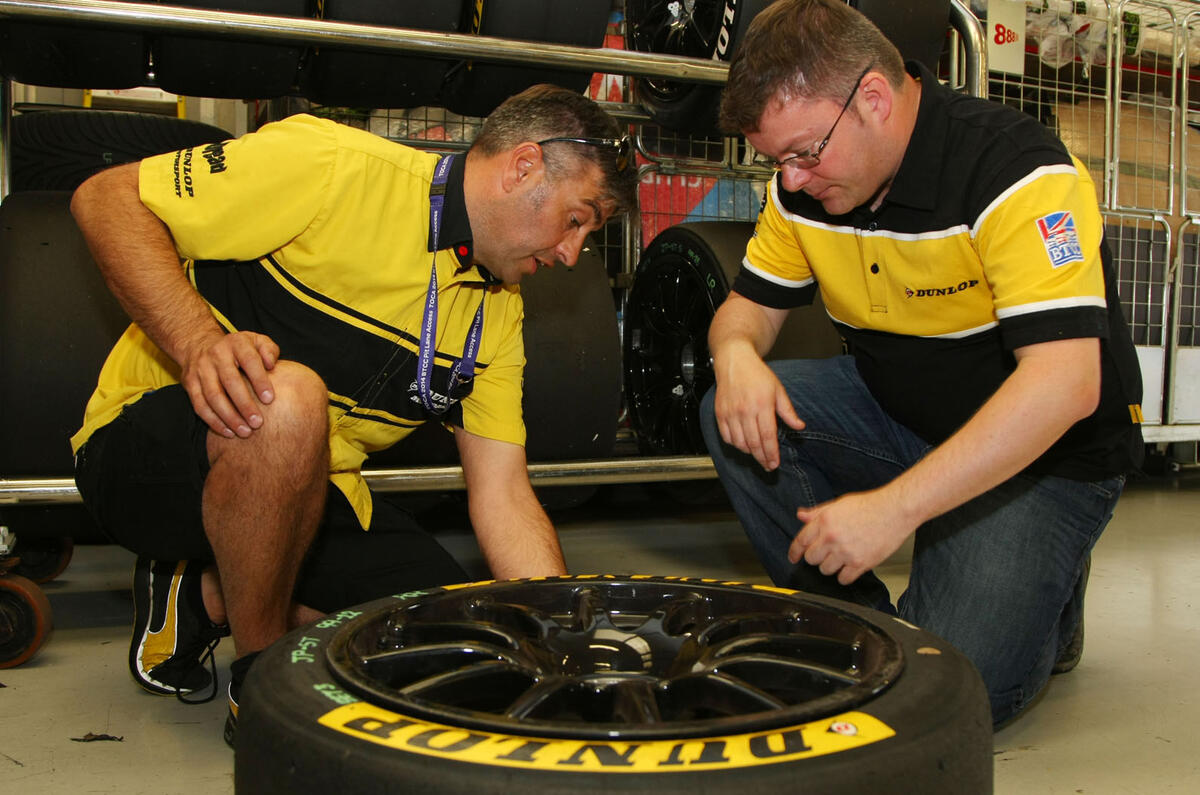
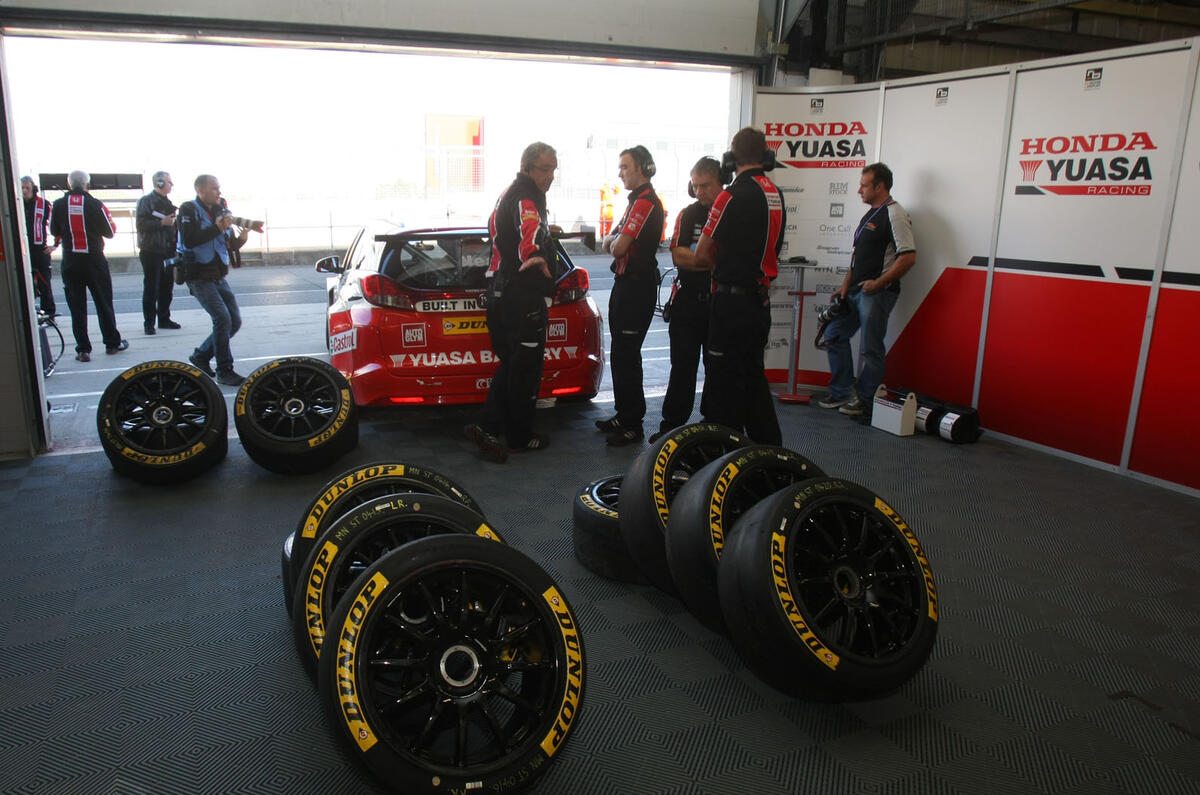
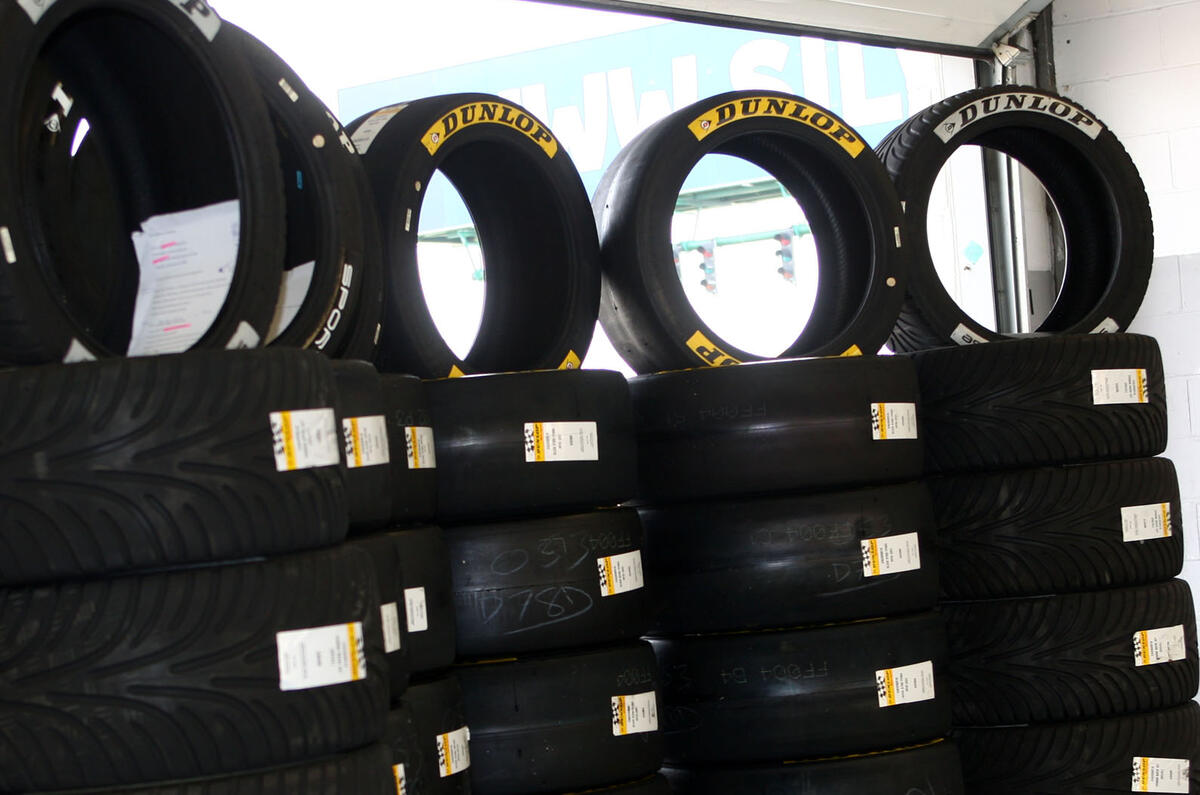
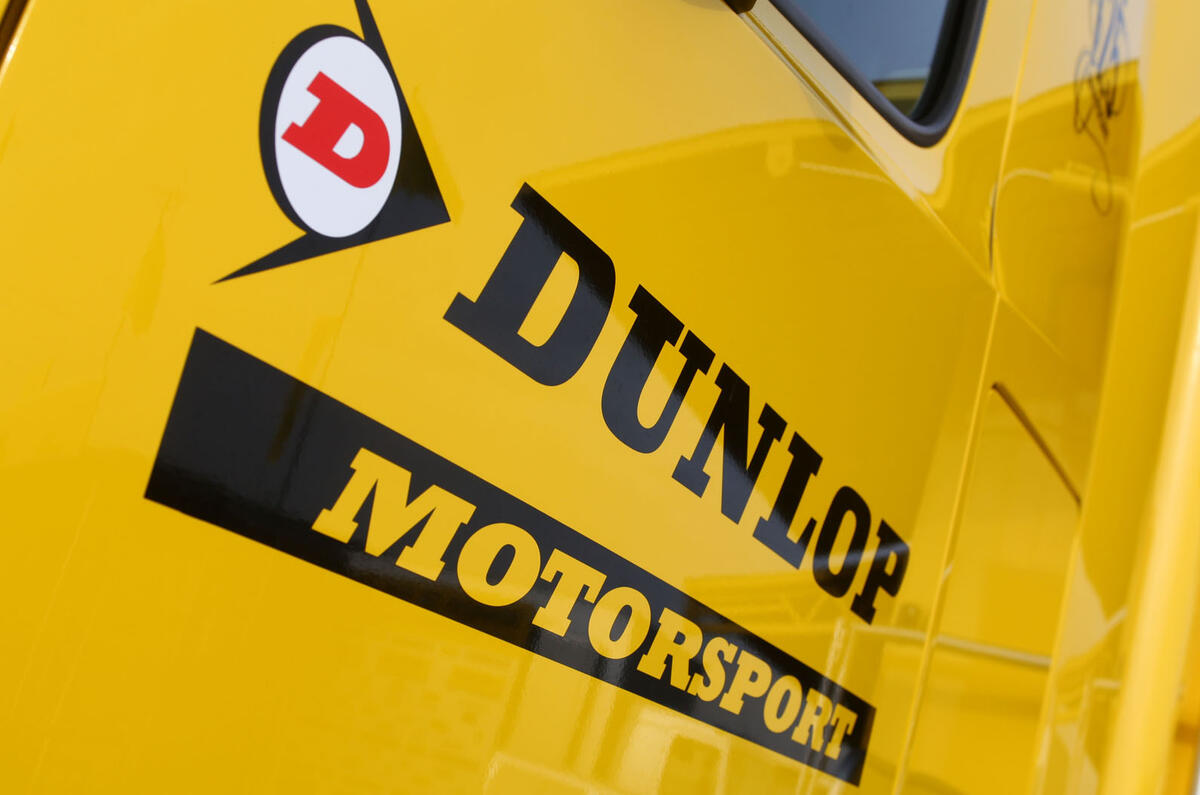
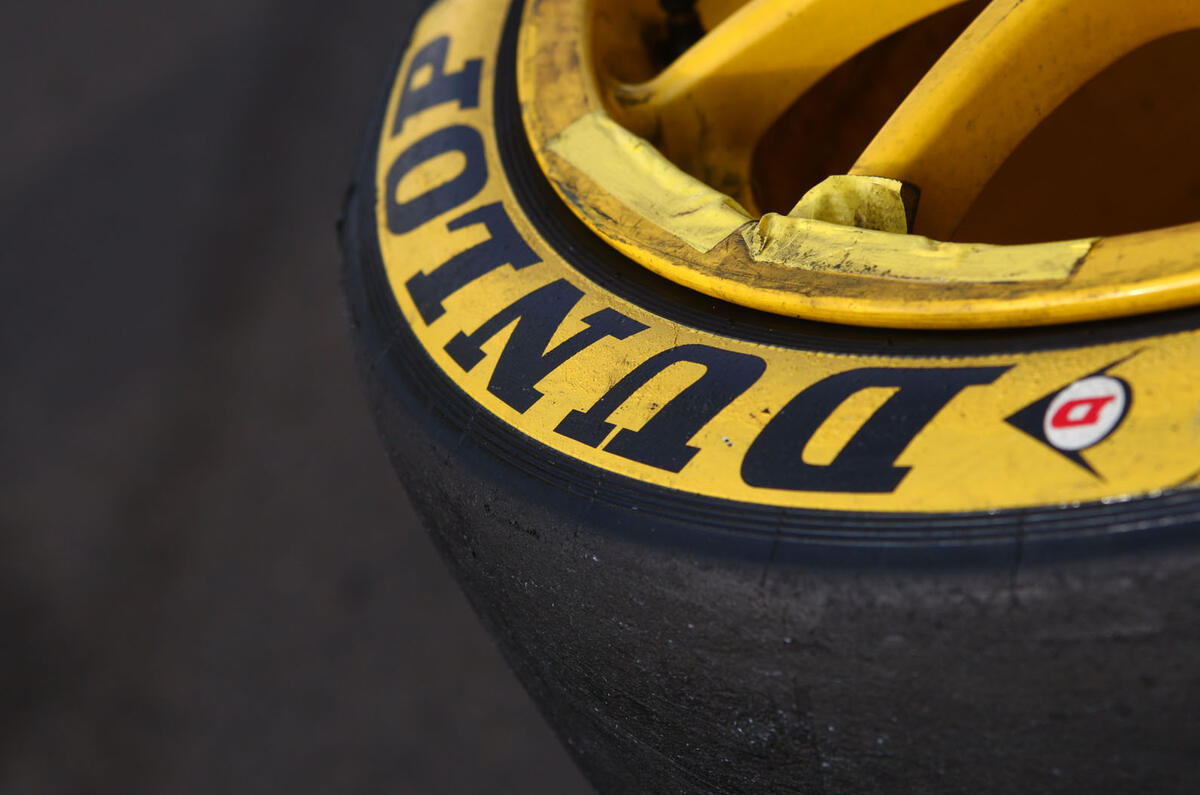
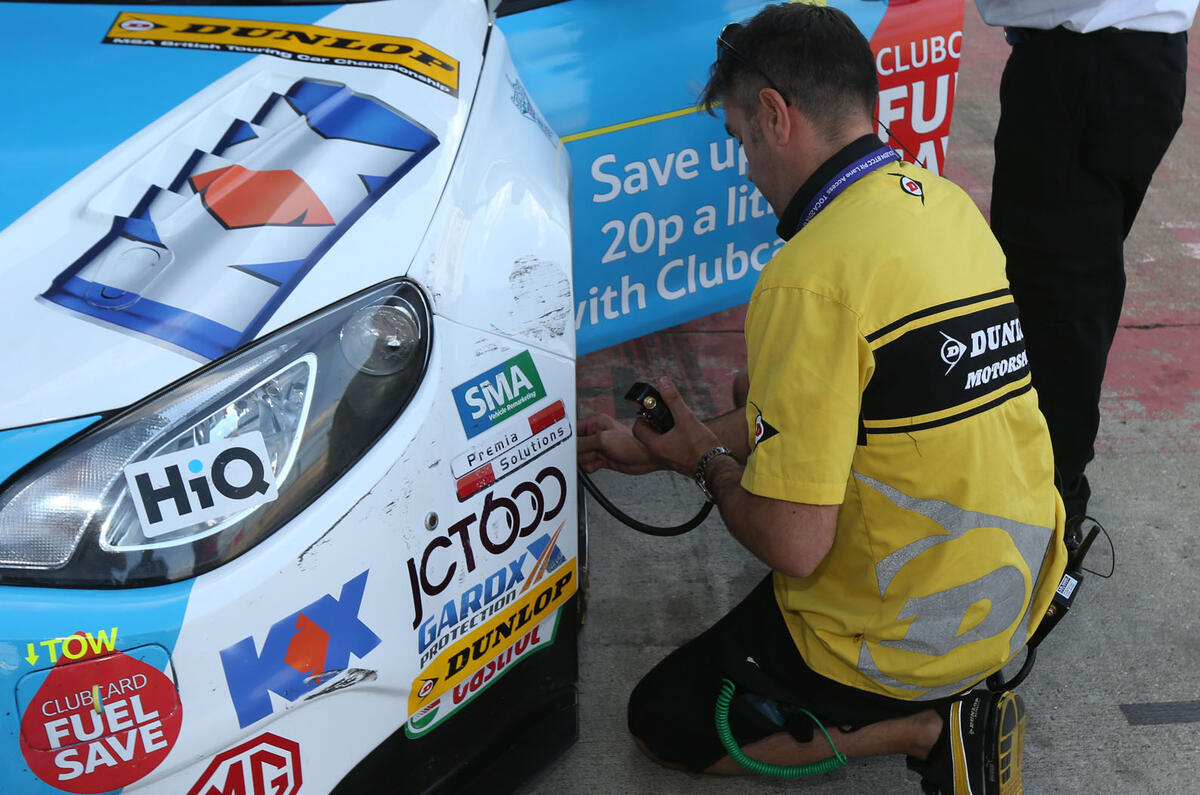

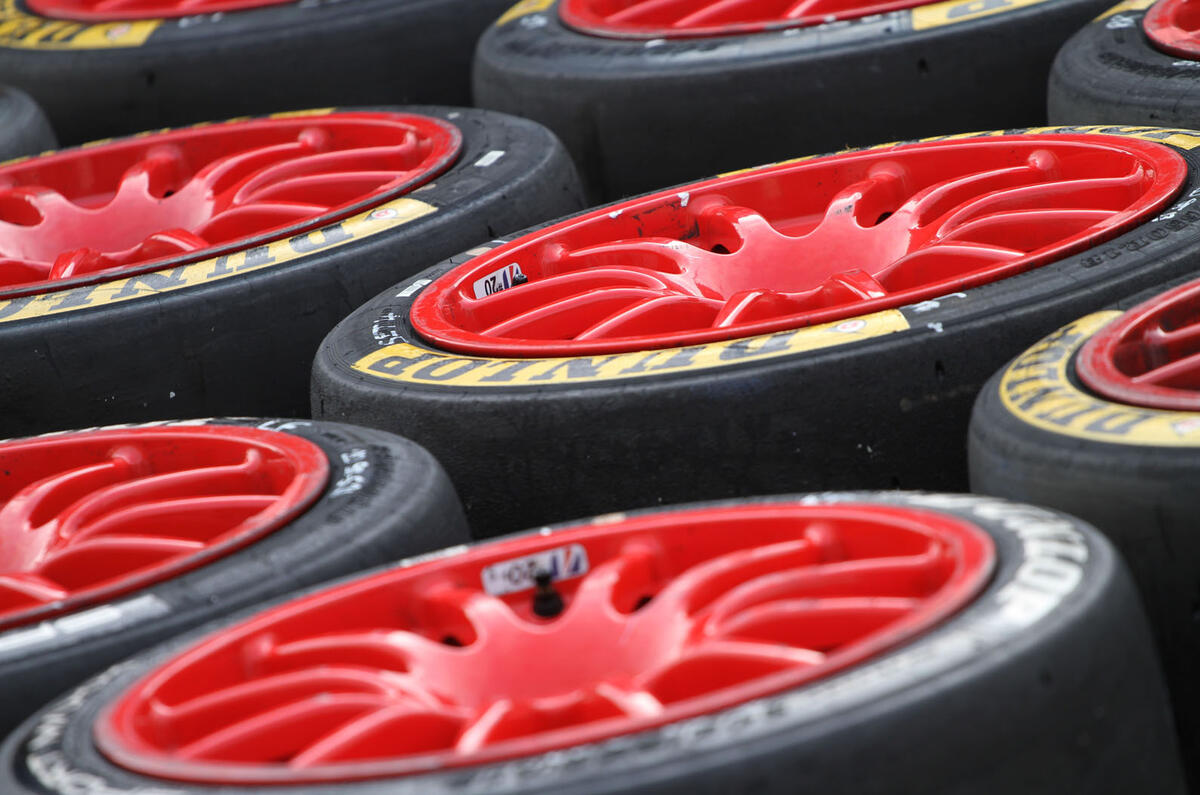
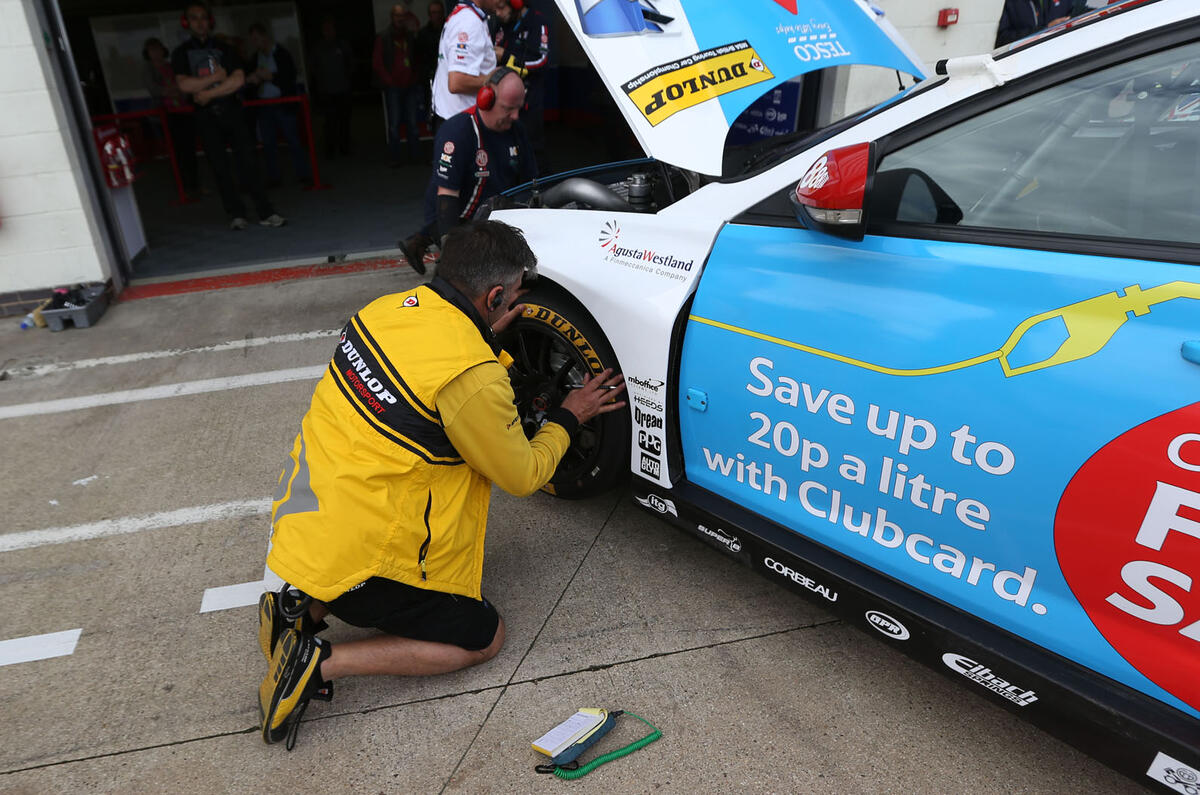
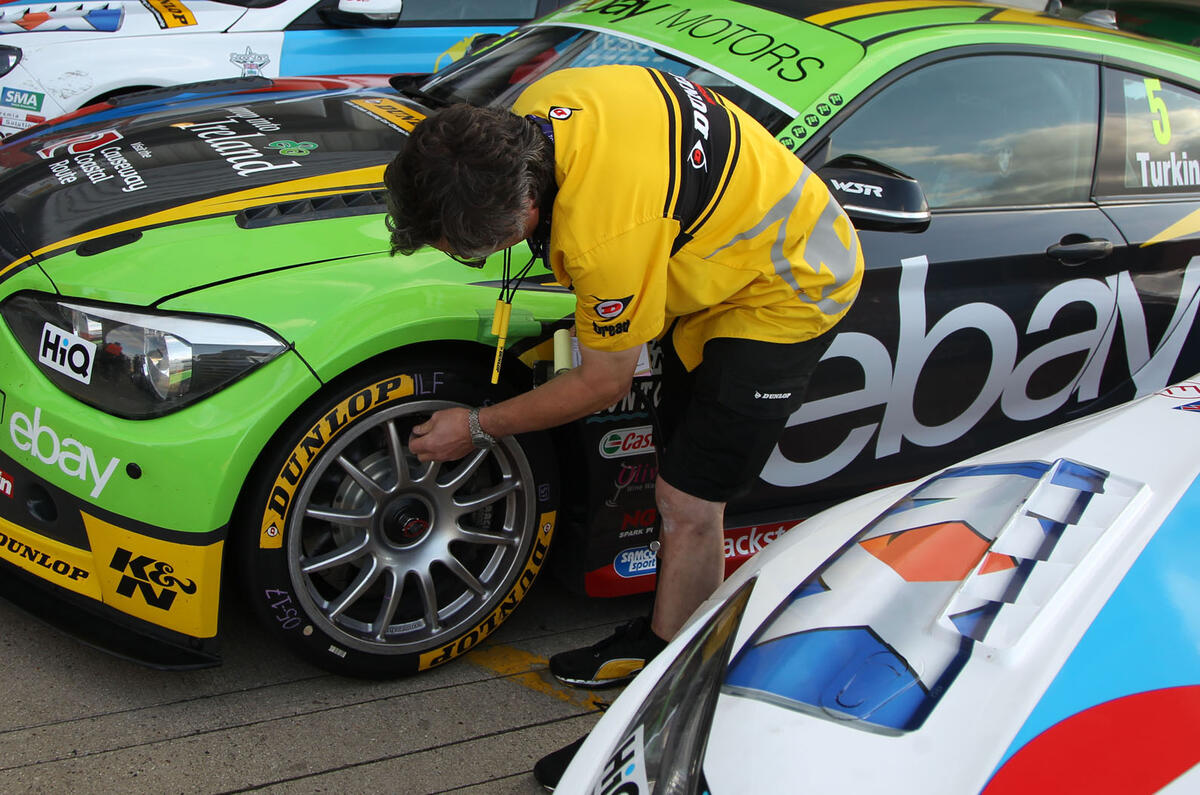
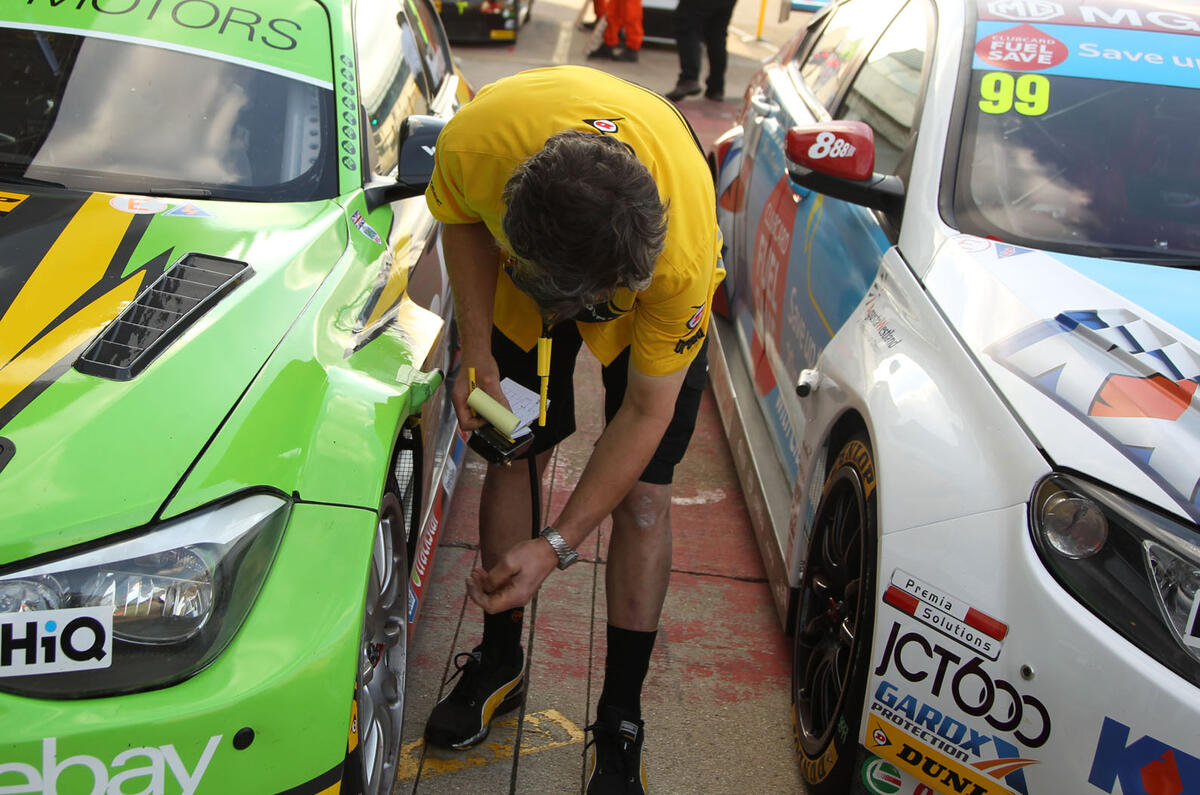
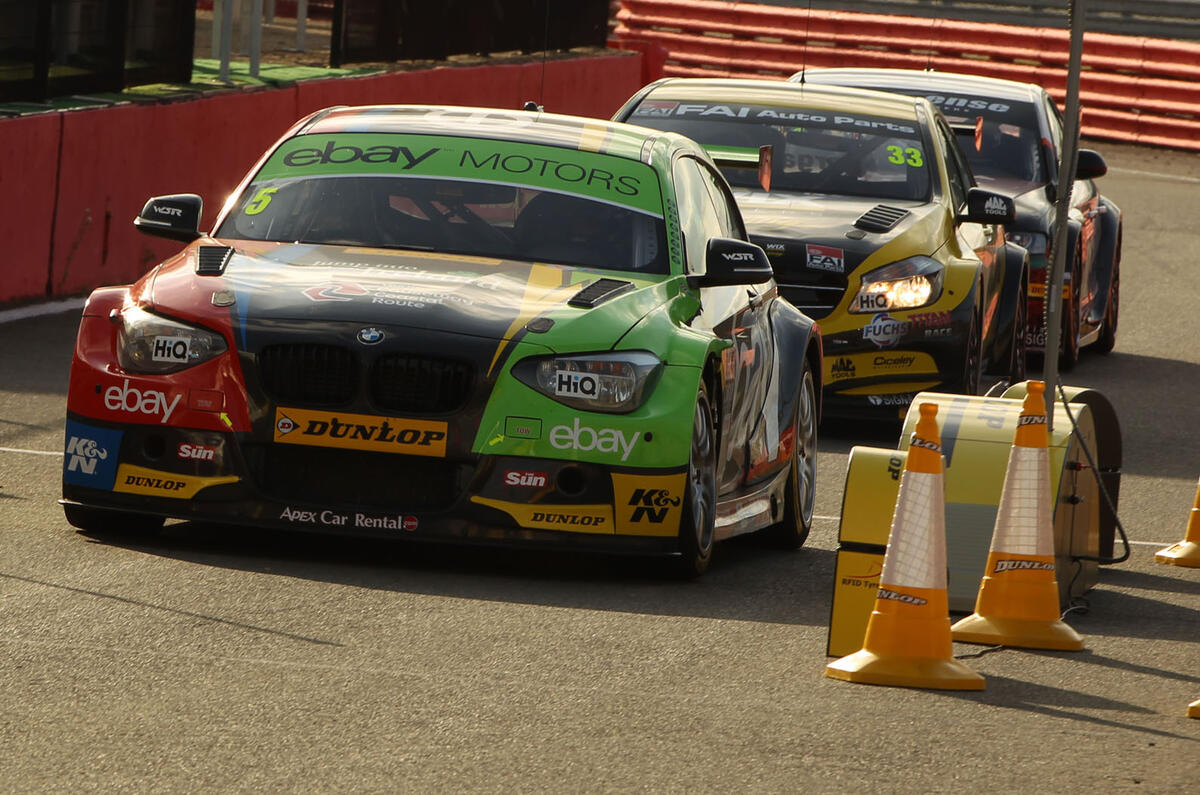

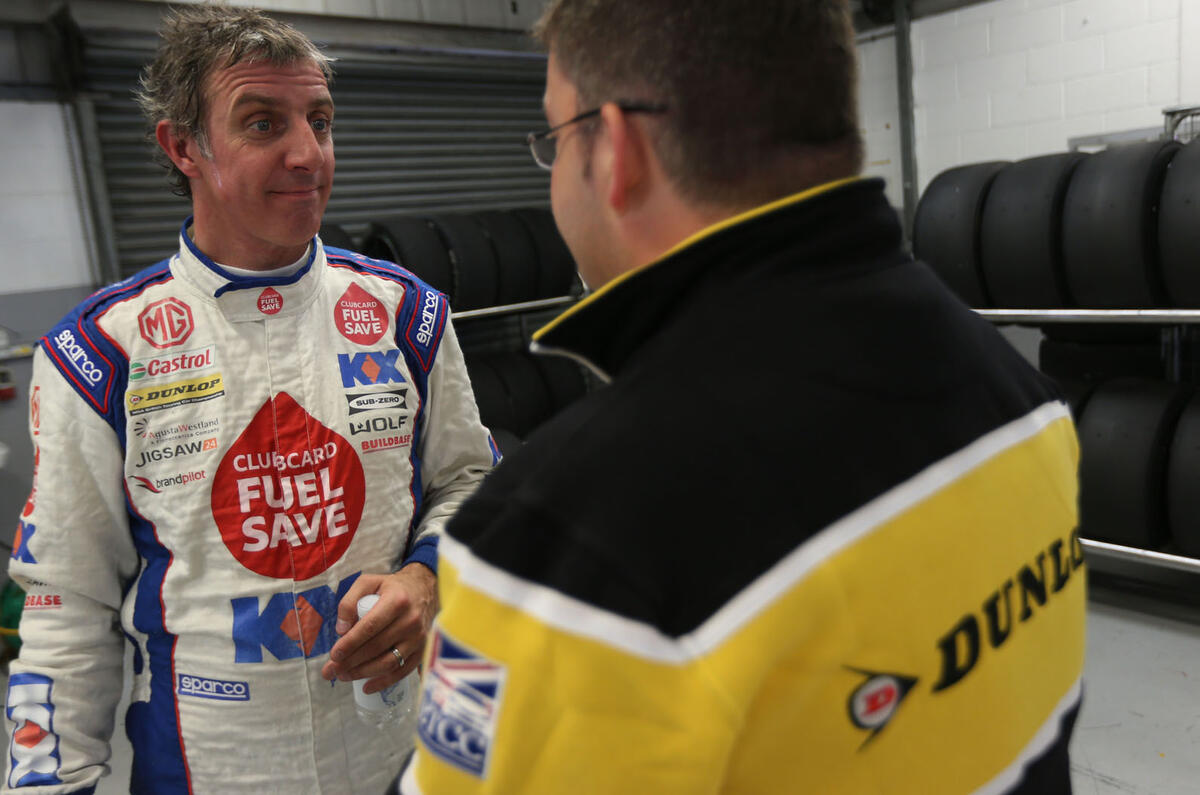
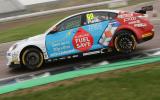

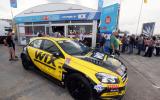


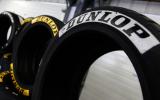
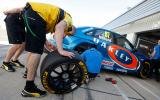
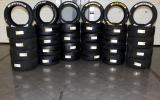
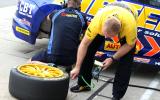
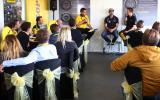
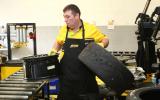
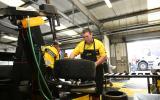
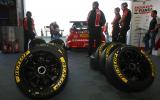
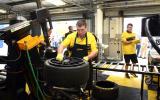
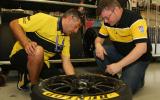

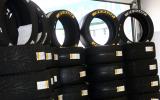


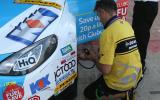

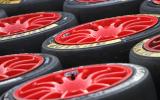
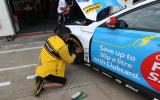
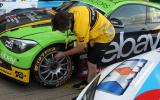



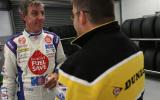


Add your comment